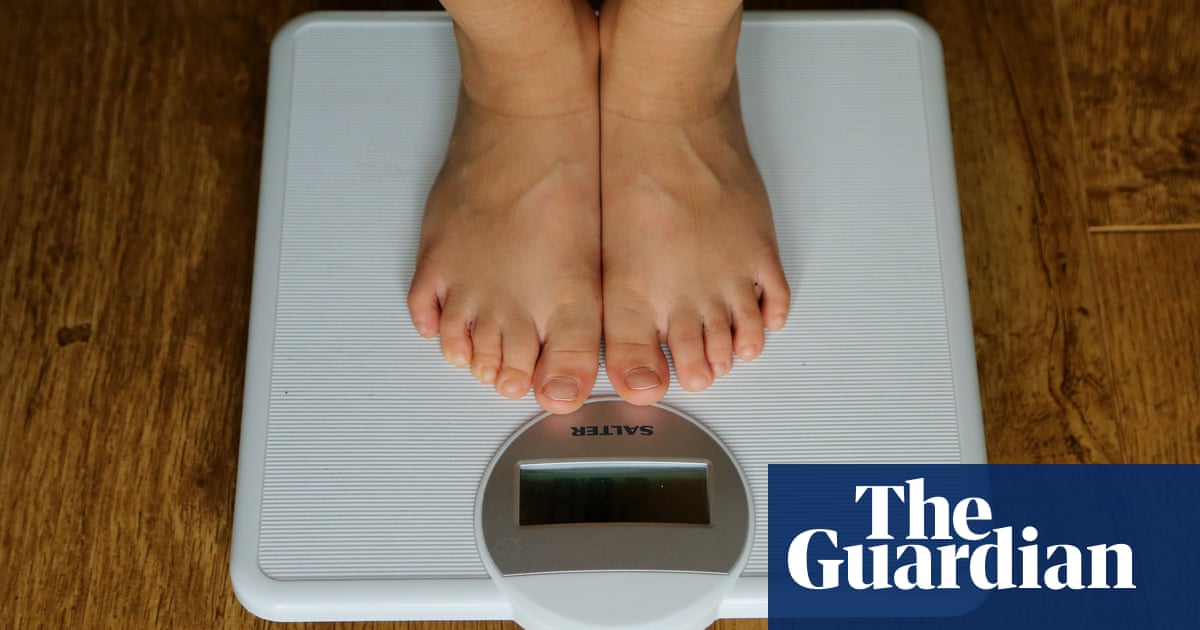
Scientists are launching a trial of a new scanning technique that could identify women at high risk of adverse pregnancy outcomes, including stillbirth and pre-eclampsia, by analysing their placentas.
The technology uses artificial intelligence to analyse ultrasound images taken during women’s 12-week scan and assign them a risk score – similar to the first trimester risk assessment for Down’s syndrome routinely offered at this point in women’s pregnancies. Those deemed at high risk could be offered additional scans or drugs to reduce their risk of adverse outcomes.
Each day, approximately eight families in the UK are affected by stillbirth, with foetal growth restriction – a condition where the baby is smaller than expected, or its growth slows or stops during pregnancy – the single biggest risk factor.
Meanwhile, approximately 6% of pregnant women develop pre-eclampsia – a condition that causes high blood pressure or problems with the liver or kidneys – which can be serious if untreated.
Both conditions are thought to be related to problems with the placenta, the jelly-like organ linking the foetus’s blood supply to the mother’s.
Some hospitals within the NHS are beginning to introduce a screening algorithm that uses routinely collected antenatal data, including an ultrasound measure of uterine blood supply, to calculate women’s risk of pre-eclampsia, which could enable doctors to intervene with additional screening, or early delivery of the baby where necessary.
The new approach aims to build on this algorithm, by incorporating additional AI-based assessments of the placenta’s volume, and the blood vessels supplying it.
“Many studies have shown that if you have a small placenta in the first trimester, you will have a small placenta at term, and a small placenta makes a small baby,” said Prof Sally Collins, a consultant obstetrician and medical lead for women’s health at Perspectum Ltd, an Oxford University spin-out company that is developing the technology.
“If your placenta is small, and has a normal supply of blood vessels (vascularity), it can be an indication of foetal growth restriction. If it is small with low vascularity, you potentially get a small baby and preeclampsia.”
Although the placenta can be visualised using ultrasound, measuring it, and all the tiny blood vessels supplying it, is extremely time consuming, making this impractical for routine early pregnancy screening. So the University of Oxford has used machine learning to develop a tool, trained on thousands of ultrasound images where the placenta has been painstakingly marked out by hand, to automate the recognition process.
“What we’ve come up with is a fully automated, artificial intelligence method for seeing and measuring the placenta, and the blood supply at its interface with the uterus, so suddenly, we have a computer tool that can tell you the size and the vascularity of the placenta in real time,” Collins said.
A pilot study in 143 women suggested the tool could differentiate between those with pre-eclampsia and foetal growth restriction. The new trial, launched this week , will test whether integrating this information into the existing NHS algorithm can further improve its accuracy.
It aims to recruit 4,000 women who will be offered a placental ultrasound at their 12-week appointment, alongside routine care, and then followed up to see if the improved algorithm’s predictions are correct.












